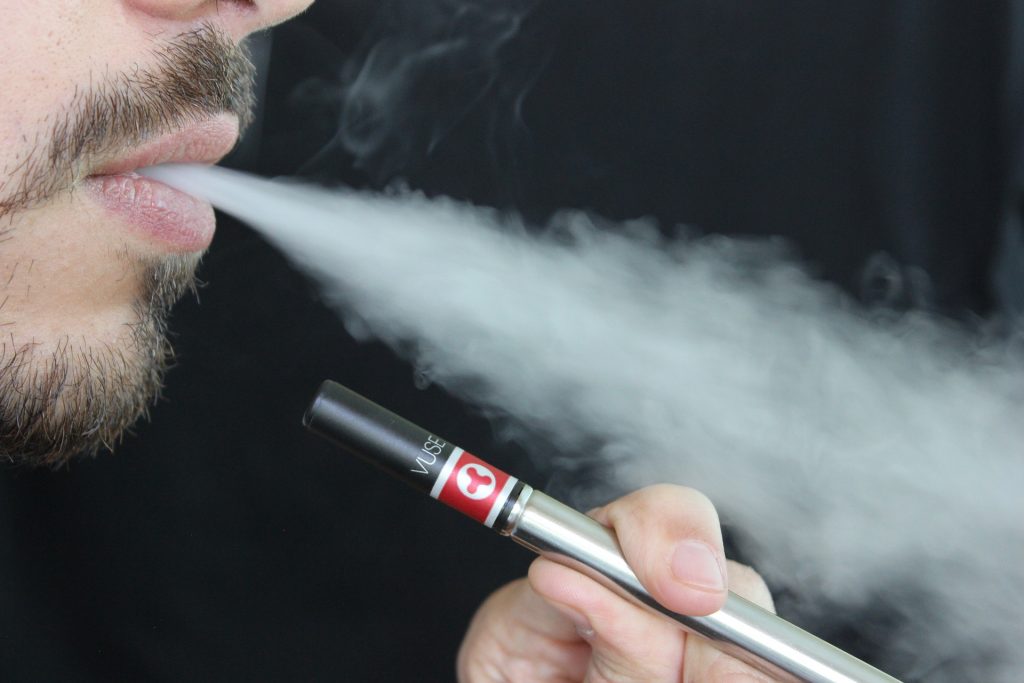 Electronic cigarettes have been called everything from trendy to helpful cessation devices, but little has been known about these products until now. As more research pours in about e-cigs, scientists are uncovering both the good and the bad.
Electronic cigarettes have been called everything from trendy to helpful cessation devices, but little has been known about these products until now. As more research pours in about e-cigs, scientists are uncovering both the good and the bad.
Recently, a group of researchers from the University of California, San Francisco wanted to look in how e-cigarettes impact teenagers, in particular. They also wanted to learn how they compared to teenagers who smoke traditional tobacco cigarettes (“Teens inhale cancer-causing chemicals in e-cigarettes,” 2018).
“There is an urgent need to understand the safety of e-cigarettes with adolescents,” the authors wrote in their report. “We sought to identify the presence of chemical toxicants associated with e-cigarette use among adolescents (“Adolescent Exposure to Toxic Volatile Organic Chemicals From E-Cigarettes,” 2018).”
To conduct their research, the scientists recruited 67 teenagers who vape and compared them to 16 teenagers who vape and use tobacco cigarettes, as well as 20 teenagers who do not smoke or vape at all. The researchers tested their urine and saliva and asked them questions about their cigarette use (“Teens inhale cancer-causing chemicals in e-cigarettes,” 2018).
“Salivary specimens were analyzed for cotinine, the main proximate metabolite of nicotine, by using liquid chromatography–tandem mass spectrometry,” wrote the authors in the report. “Urine was analyzed for NNAL, a metabolite of 4-(methylnitrosamino)-1-(3-pyridyl)-1-butanone, a tobacco-specific nitrosamine that is a potent carcinogen, by liquid chromatography–tandem mass spectrometry.”
In the end, they discovered that the group of teens who use both types of cigarettes had high levels of toxic chemicals, including acrylonitrile, acrolein, propylene oxide, acrylamide and crotonaldehyde. However, those who only used e-cigarettes had much higher levels than the group of participants who used neither product.
“The presence of harmful ingredients in e-cigarette vapor has been established; we can now say that these chemicals are found in the body of human adolescents who use these products,” wrote the authors in the report. “A risk analysis of lifelong exposure to even low-level VOCs, derived using data from secondhand tobacco smoke exposure, indicated an increased cancer risk, which could be applicable to exposure in the current study.”
The bottom line is there is still no “healthy” way to smoke cigarettes, whether they’re the old fashioned kind or electronic – but how many more studies do we need to state the obvious?
References
Fox, Maggie. “Teens inhale cancer-causing chemicals in e-cigarettes.” Retrieved March 12, 2018, from https://www.nbcnews.com/health/health-news/teen-inhale-cancer-causing-chemicals-e-cigarettes-n853611.
Rubinstein, Mark. “Adolescent Exposure to Toxic Volatile Organic Chemicals From E-Cigarettes.” Retrieved March 12, 2018, from PDF.
